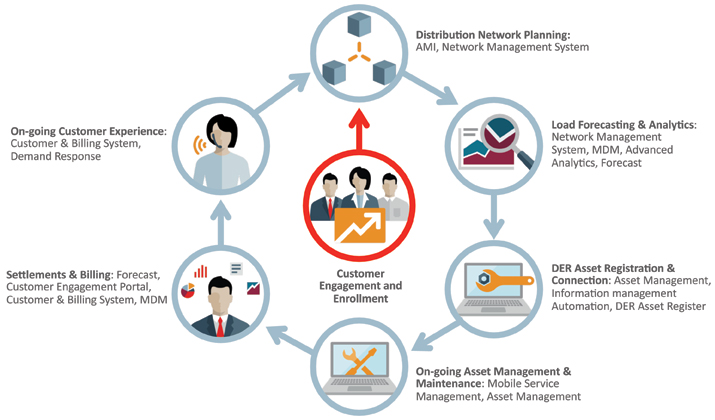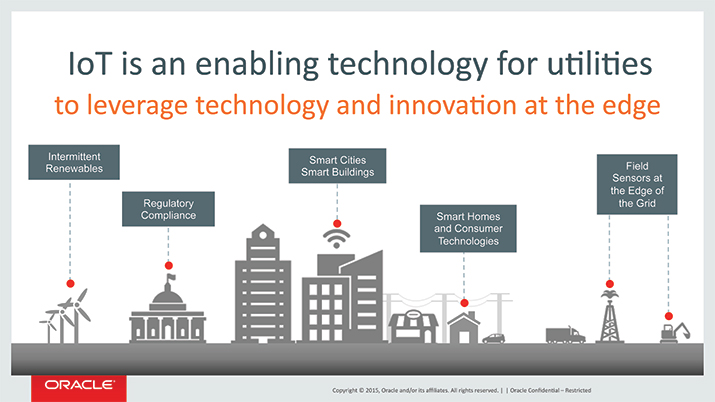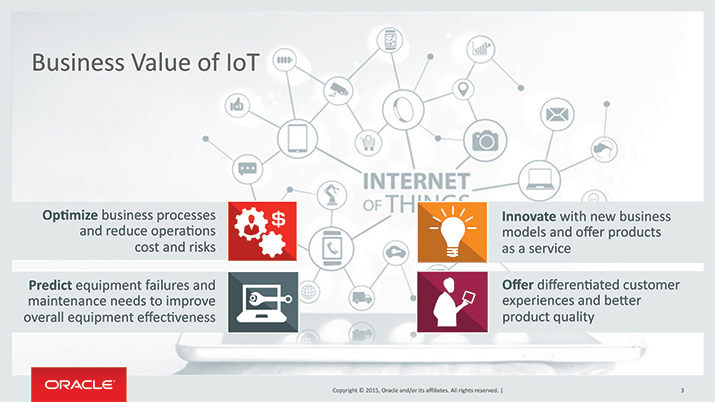Tremendous transformational capabilities have been wrought in the electric utility industry thanks to the Internet of Things (IoT) and the introduction of distributed energy resources at the edge of the distribution grid. Billions of connected devices and sensors are generating ever-increasing quantities of data, creating increased opportunities for new utility business solutions based on IoT technology.
Smart meters are providing a lot of the new data: A 2016 Edison Foundation study reported that the United States alone has more than 70 million smart meters already installed, with a total of 90 million forecast to be installed by 2020. With the digital information about power usage from smart meters, utilities have—on the customer side—been better able to monitor usage and, based on that data, help consumers conserve energy. And on the grid side, utilities have been able to analyze smart meter data to improve distribution and outage operations.
But smart meters aren’t the only devices pouring data back to the utility: there are millions of smart field devices and sensors on the distribution grid as well, including customer-owned distributed energy resources (DER). Integration and analysis of real-time data across all of these devices—much more data than ever available before—is becoming an essential part of today’s grid operations.
Each of these smart devices has its own unique requirements for maintenance, inspection, firmware upgrades and security. This presents new issues for utilities as they endeavour to manage the lifecycles of so many new and different assets in a single, manageable, centralized way.
A New Approach to Asset Lifecycle Management
In the past, traditional utility asset management systems handle a relatively limited number of specifications: manufacturer, serial number and maintenance schedule. Smart equipment, however, requires a far greater number of specifications: tables to support configuration compatibility, calibration measurements, firmware versions and patches applied to each device module (for example, metrology or telecommunications), scheduled battery replacements, and audit compliance that can grow to support millions of devices for large utilities.
Field device management has long been a paper-based process. Often, utilities still manually track smart field devices or build a one-off spreadsheet or database to track them, as most traditional asset management systems don’t support this field device management function. (Utilities can add this feature by implementing an integrated smart-device management system or incrementally adding functionality with existing smart grid projects such as advanced metering infrastructure and meter data management.) A manual asset tracking process will fail as the edge device footprint continues to grow.
Given the growing numbers of smart devices on utilities’ near-term roadmaps, it becomes relatively easy to justify a smart device asset management system that can provide a registry specifically to handle smart devices. Since many of these devices support two-way communication with smart equipment (including the IoT), a smart device management system can be leveraged to support automated processes for firmware updates and configuration changes.
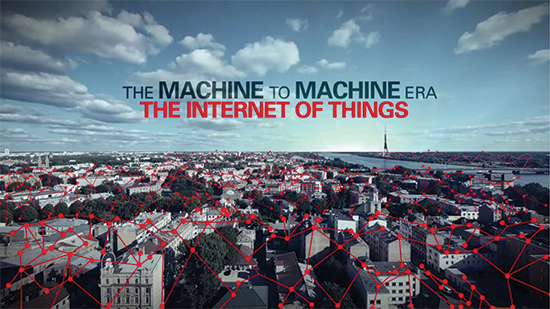
Additionally, the system provides an audit trail for device activity, recording those device-level configurations and related communications. Particularly with respect to connected customer DER, utilities will need a device registry and lifecycle management process and systems to more completely engage customers and fully leverage their grid-connected devices.
To scale up to millions of devices, utilities will need automated information management processes with customers or their contractors to capture key attributes and populate a DER device registry that, in turn, can be used to model the customer connections and grid impacts. When utilities begin offering value-based services involving customer-owned equipment (or allowing third-party providers to do so), a smart device asset management system will no longer be a choice. Instead, it will be an imperative to support the scalable data management processes required for the exponential growth of these sensor-based devices.
Taking a Phased Approach to DER Lifecycle Management
Utilities must rapidly develop new processes to manage DER assets and maintain them over time. The most effective DER lifecycle management process starts with the customer and ensures that they remain engaged throughout the entire lifecycle. Here’s how it plays out.
DER lifecycle management begins with customer engagement and enrollment. As the utility identifies customers with DER, it may qualify them for programs with specific prices tailored for customers with DER assets. To manage these procedures, the utility will need an integrated customer information system with a customer engagement solution, as well as a service order management program.
Note that data plays a key role in the six steps to DER lifecycle management, beginning with comprehensive network planning and modelling:
- Integrate distribution network planning. Utility operators need to perform a comprehensive network planning and modelling exercise to integrate DER assets. It starts with a network model and inventory of assets. Capacity and impact planning on the existing systems with an integrated distribution management system and outage management system enables utilities to perform capacity and impact planning.
- Make use of the granular load forecasting and analytics. Grid operators have to account for load models from the customer to the system level. Any reverse feedback on the feeders and circuits can have a negative impact on the distribution system. Utilities are looking for an integrated network model that combines device-level data and advanced analytics to develop a much-improved forecast.
- Validate customer connection points. Asset registration and connection is an important step to ensure an ongoing record of each DER device. Utility operators need to be able to take care of the whole process associated with asset commissioning and decommissioning.
- Prepare your asset operations for ongoing DER management and maintenance. Utility operators will need to keep tabs on the health of DER devices, manage configurations and upgrades. An integrated mobile workforce management system with asset management can identify, fix, and restore a DER device much faster. Utilities can offer new services with integrated mobile workforce solutions that constantly track equipment as well as keep the network model up to date.
- Review your billing systems and settlement processes. Customers need accurate billing based on the granular metering and device data to settle DER consumption. To manage that, utilities need accurate data for settling net metering, critical peak, and time-of-use prices. Customer operations and IT require an integrated view of billing, metering, and customer engagement solutions.
- Equip your IT operations to support ongoing customer experience. Utilities can improve customer satisfaction when they’re able to present unique information tailored for each customer based on their consumption, market participation, rate changes, programs, equipment maintenance and outages. Multi-channel tools are useful to keep customers updated on the channel(s) of their choice about their consumption, or about new programs and events available to them.
Using the Cloud for Asset Performance Management
Asset reliability and performance are core to well-functioning utilities. Historically, work order management, reliability-centric maintenance, asset tracking, advanced analytics, mobile scheduling and operational reporting have been siloed applications. But, with DER adding layers of new complexity that underpin a utility’s asset reliability, with pressures coming from regulators and with increased scrutiny on utility cost reduction goals driving the need to extend the life of existing assets, a new, more integrated and comprehensive approach to asset performance management (APM) is needed.
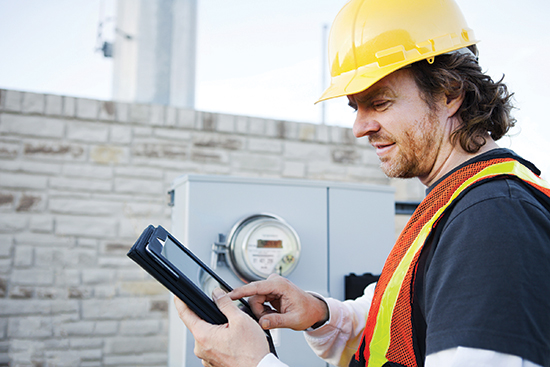
Deploying APM in the cloud has a variety of advantages to utilities under these familiar performance pressures. Cloud deployment delivers immediate value by reducing the cost of ownership. Integrated analytics in the cloud enable utilities to better monitor their assets, find asset failures faster and optimize work and maintenance schedules in real time, allowing for predictive asset maintenance rather than relying on reactive asset management strategies from the past.
As utilities continue to look for more ways to improve operations and cut costs, the cloud infrastructure provides the flexibility to scale up quickly as new assets are added and provides more detailed analytics and deep insights into asset age, health, and performance than were available in traditional asset management processes.
In the end, data analysis and cloud services are providing utilities with better options to handle the incursion of customer-owned DER, monitor and predict asset performance, and decrease costs in the process, all in a scalable way as the edge of the grid continues to grow and change.
About the Author
 Brian Bradford is vice president of asset solutions for the Utilities Global Business Unit of Oracle Corporation. Bradford is responsible for the profit and loss of utility operational software applications and delivery. He has more than 20 years of experience in the utility space and joined Oracle from GE, where he was GM of hosted software and analytic solutions. Bradford has an MBA from Harvard Business School and an undergraduate degree in finance from the Wharton School of the University of Pennsylvania.
Brian Bradford is vice president of asset solutions for the Utilities Global Business Unit of Oracle Corporation. Bradford is responsible for the profit and loss of utility operational software applications and delivery. He has more than 20 years of experience in the utility space and joined Oracle from GE, where he was GM of hosted software and analytic solutions. Bradford has an MBA from Harvard Business School and an undergraduate degree in finance from the Wharton School of the University of Pennsylvania.


